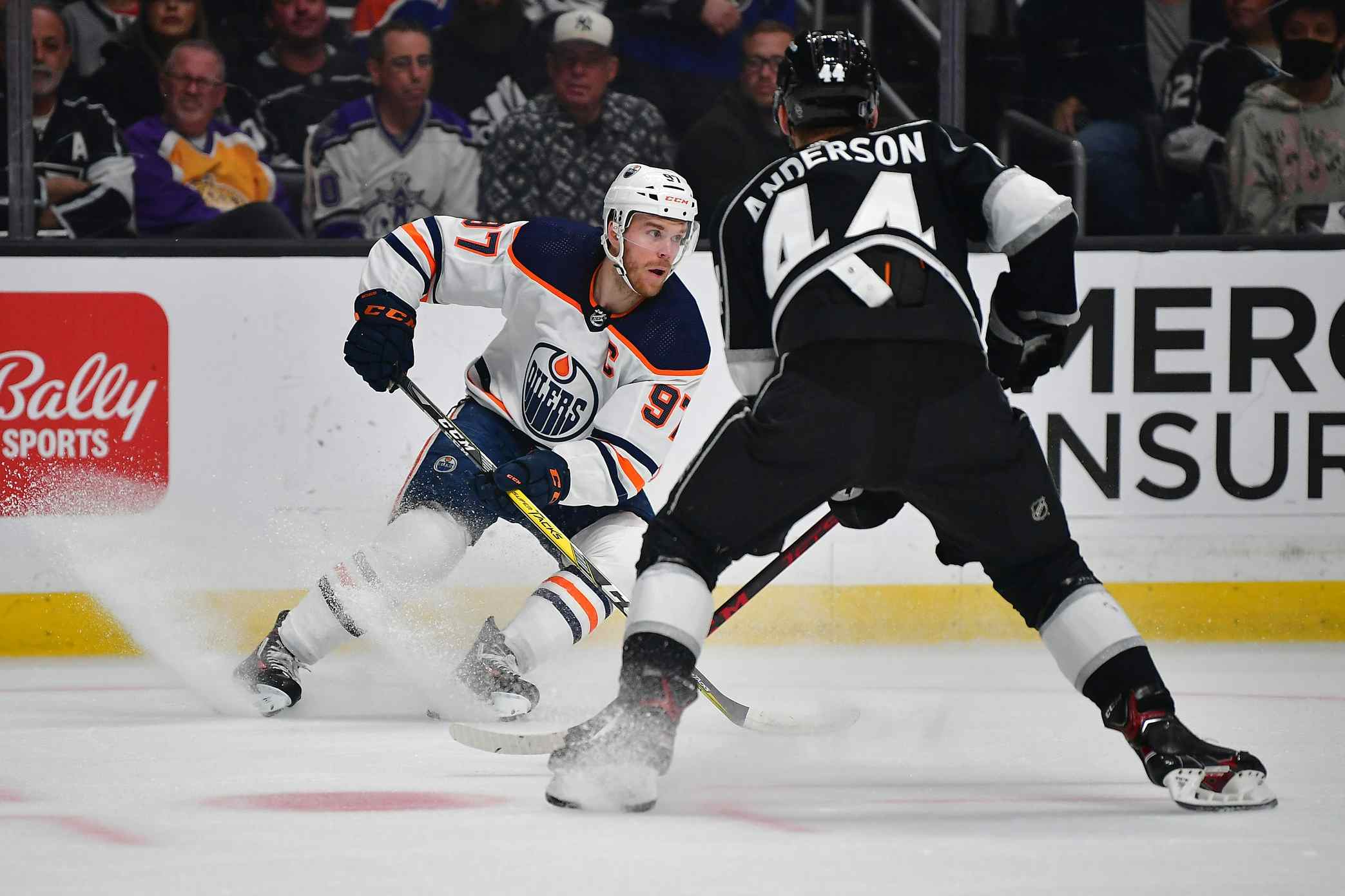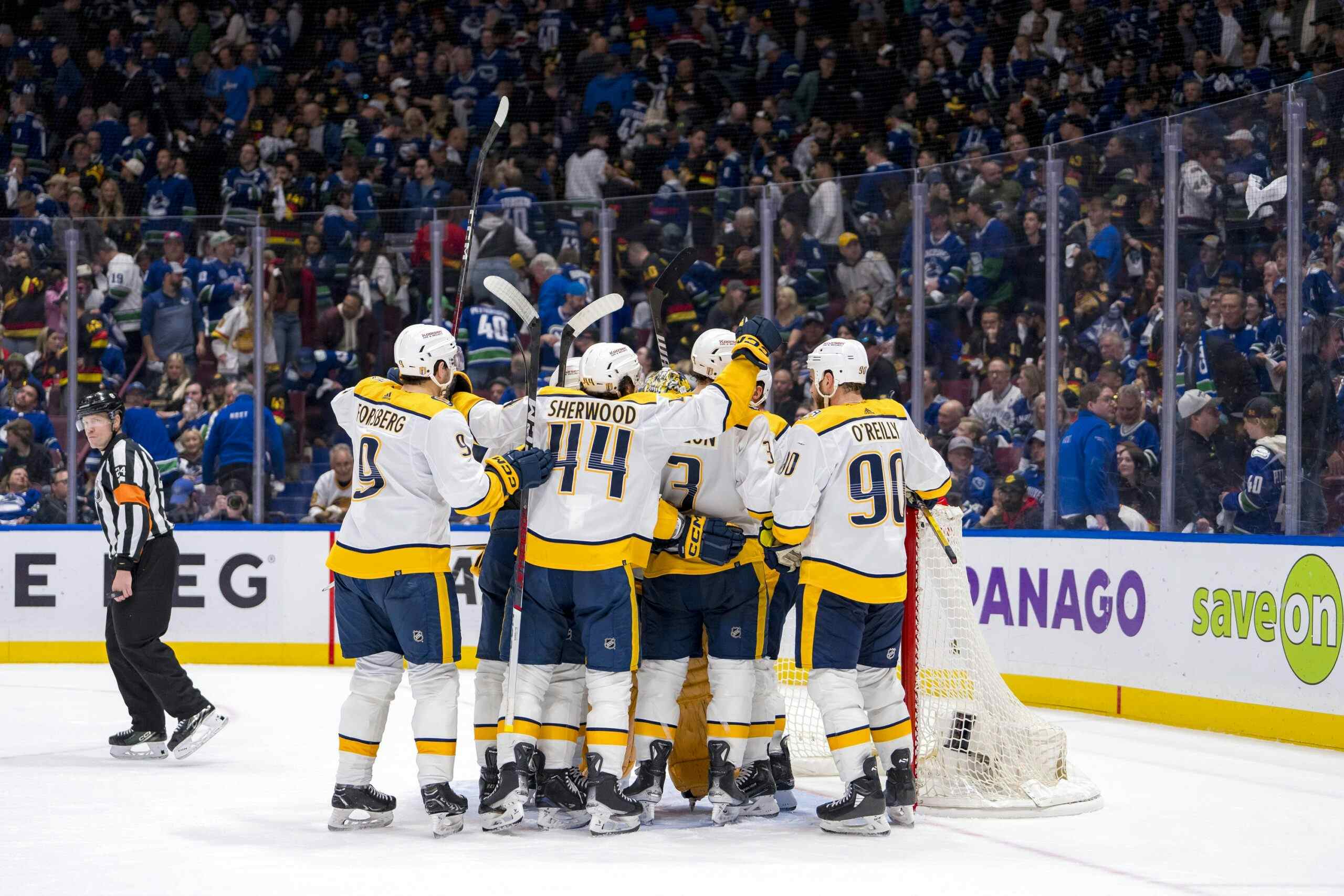Sam Gagner: Getting Down To Brass Tacks

The negotiating positions of Sam Gagner and the Edmonton Oilers were made a little clearer on Saturday, as the asks of both parties at arbitration were published by prominent members of the media.
The News
What It Means
The obvious read here is “split the difference” – one year at $4.5 million. For the sake of argument, let’s assume that’s the fair value of Gagner’s final season as a restricted free agent.
If the Oilers want to lock up Gagner on a three to five year deal, the question then becomes ‘what is the value of Gagner as an unrestricted free agent’? What kind of deal will Gagner get next summer, as the youngest ever UFA and the salary cap rising? Valtteri Filppula got $5 million per year for five years with a no-move clause this summer in a season where the cap fell as sharply as it’s likely to at any point in the foreseeable future. Gagner, by the way, has outscored Filppula on average over the last five seasons, is six years younger, and nearly doubled the latter’s point production this season.
I think it’s reasonable to imagine Gagner getting $6 million per season from a team desperate for a scoring NHL centre, and perhaps even more. An estimate of $5.5 million per year on a long-term deal is probably a conservative starting point.
What would that look like?
- Three-year deal. One year at $4.5 million, two at $5.5 million = $5.17 million cap hit
- Four-year deal. One year at $4.5 million, three at $5.5 million = $5.25 million cap hit
- Five-year deal. One year at $4.5 million, four at $5.5 million = $5.30 million cap hit
Yesterday, Robin Brownlee suggested that a five-year deal was going to come at a minimum price of $25 million. I think he’s right – further, I suspect that if the Oilers could get Gagner signed to that deal they’d take it.
But!?!?

He isn’t worth that, he’s done nothing to show he’s worth that kind of money. Say it with me: a player is worth whatever the market will pay him. In the NHL system, a limited number of players every year become unrestricted free agents. There’s always more need for high-level unrestricted free agents then there is supply, which drives the price up on those players. Gagner might have been the top UFA centre on the market if he’d been eligible this summer; he’ll be there or close to it next year too. He’s going to get paid.
He’s not worth what Taylor Hall or Jordan Eberle is worth. Is Sam Gagner a better player than Taylor Hall? Of course not. But that’s not the question. When Hall signed his seven-year extension, the Oilers bought four years of restricted free agency and three years of unrestricted free agency. Let’s imagine Gagner’s contract, using the numbers above, with those years:
- Seven-year deal. Four years at $4.5 million, three at $5.5 million = $4.93 million cap hit
Suddenly, that seems pretty reasonable. It works in reverse, too – Taylor Hall isn’t getting a $6 million cap hit if he’s one year away from unrestricted free agency. Corey Perry got $8.625 million from the Ducks with a no-move clause, and while he has a more established track record which of those two players is the better bet to outperform the other over the next eight years? Personally, I’d be in Hall’s corner. This is why teams love young talent – because of the RFA years, it’s cheaper to buy than old talent.
He signed for $3.2 million a year ago! Exactly. If the Oilers had pushed hard for a long-term deal a year ago, they probably would have got one with a reasonable cap hit. Instead, that wasn’t a priority for the team, likely because they weren’t comfortable making that kind of commitment. It’s one of the myriad reasons why it’s a good thing for the team that Steve Tambellini isn’t running it any more. The one-year signing a year ago was a bad decision when it was made, and the cost of that decision is coming due now.
The Oilers can’t afford to pay him what he wants. I think there’s a case to be made they can, but I have some time for this argument. The Oilers need a second line centre; if they can get one via trade or free agency for less money (or a player who is a better fit for the role) than absolutely they should consider that. For both parties, it’s about making the best decision – for Gagner, getting the best contract he can, for the Oilers finding the best balance between fit and cost in the second line pivot position. My view is that I’d be comfortable signing Gagner at five million per season over five years, but that I’d be calling Grabovski’s agent just in case.
Recently around the Nation Network
Depressed by the Gagner negotiations? Here’s a case for Matt Stajan as Calgary’s first-line centre:
Matty Franchise, as I’ve outlined, is basically the best offensive center on the Flames, barring poor contract management. This is hilarious, given his recent pro-rated point totals of 33, 23, and 43. He’s been outright buried by coaches and vilified by fans writers. Stajan is basically the epitome and the greatest legacy of the Sutter era. I can’t help but think I’d giggle every time I see Stajan on the ice with Baertschi, Cammalleri and/or Glencross.
Click the link to read more, or alternately, feel free check out some of my other pieces here:
Recent articles from Jonathan Willis





